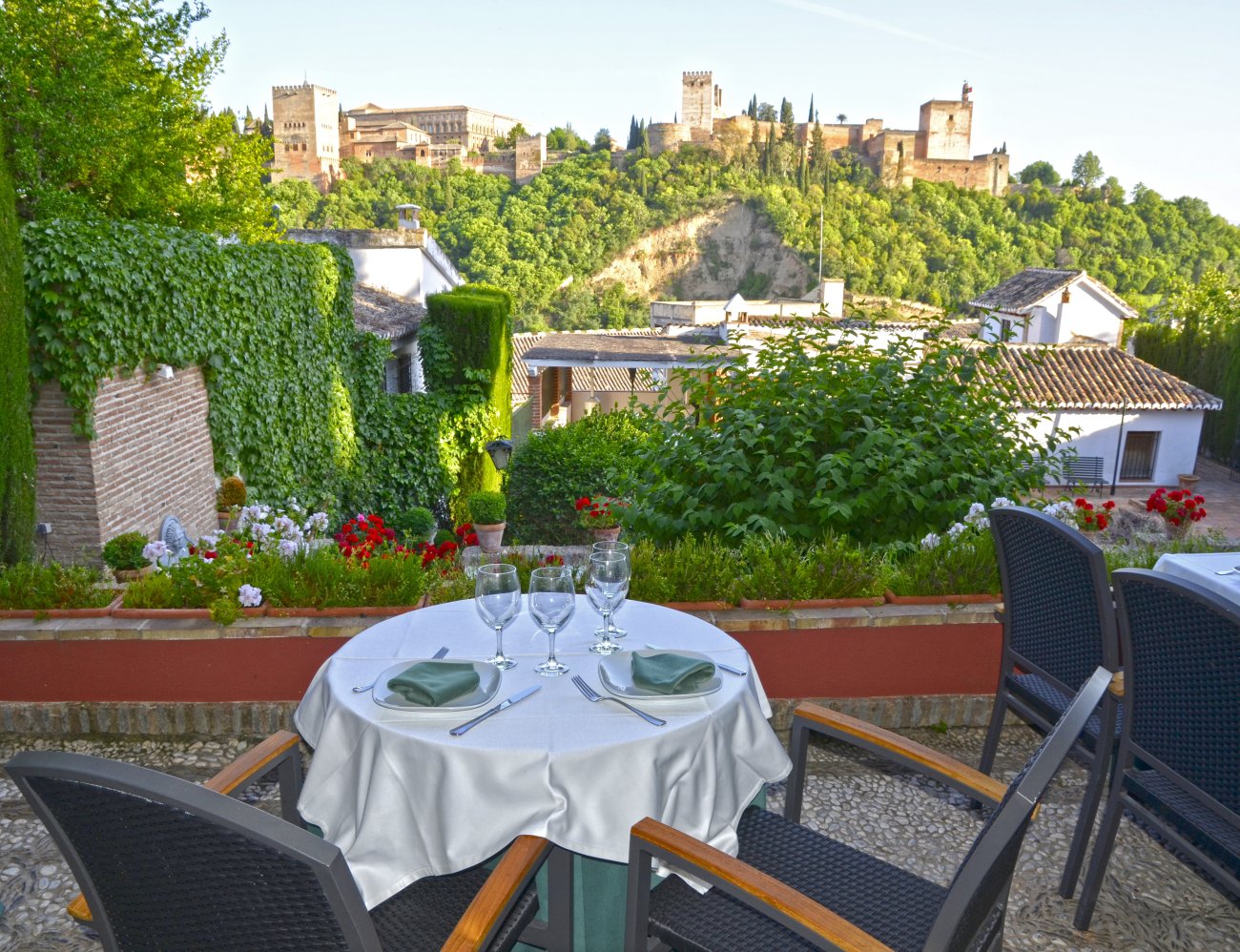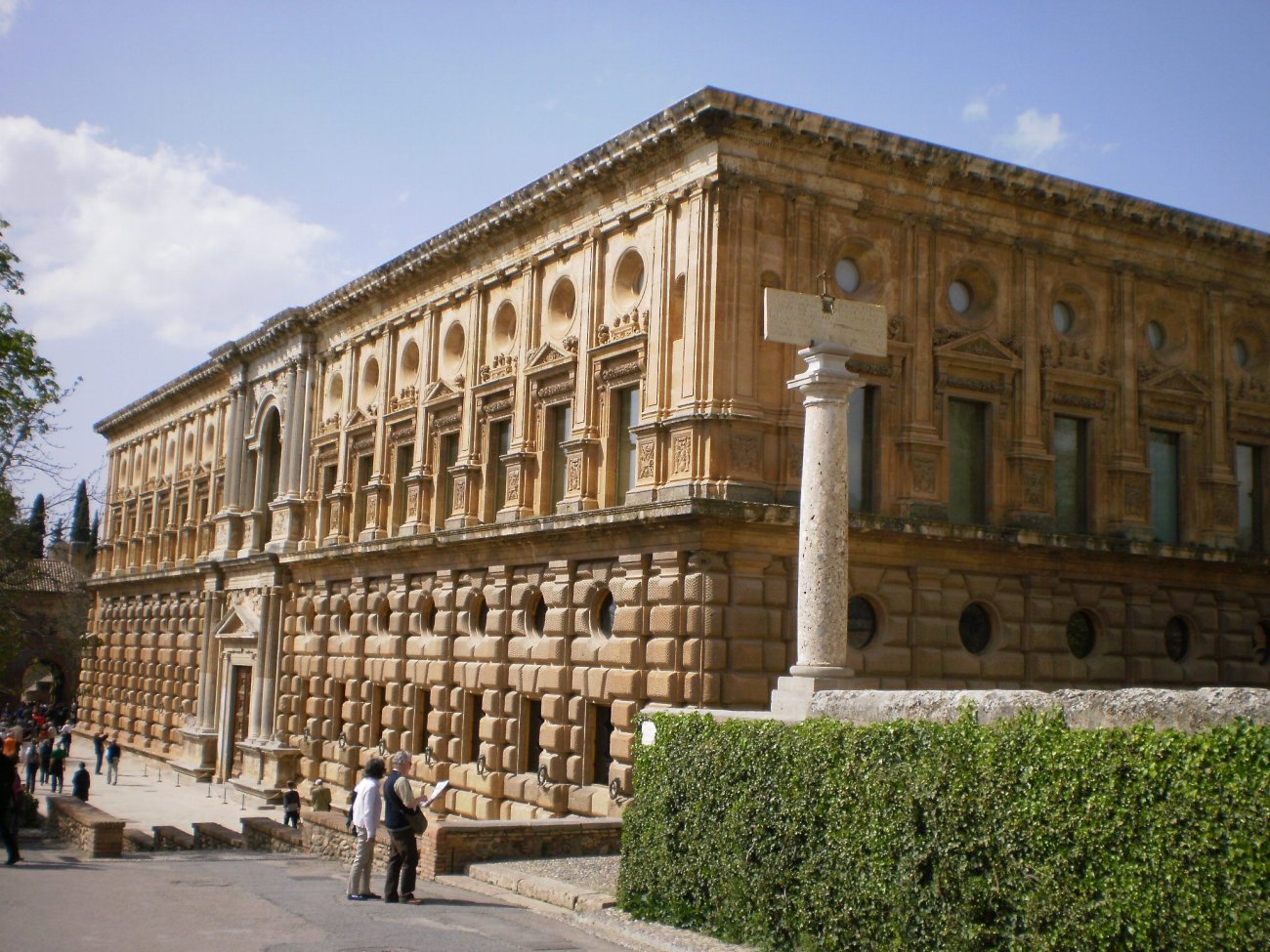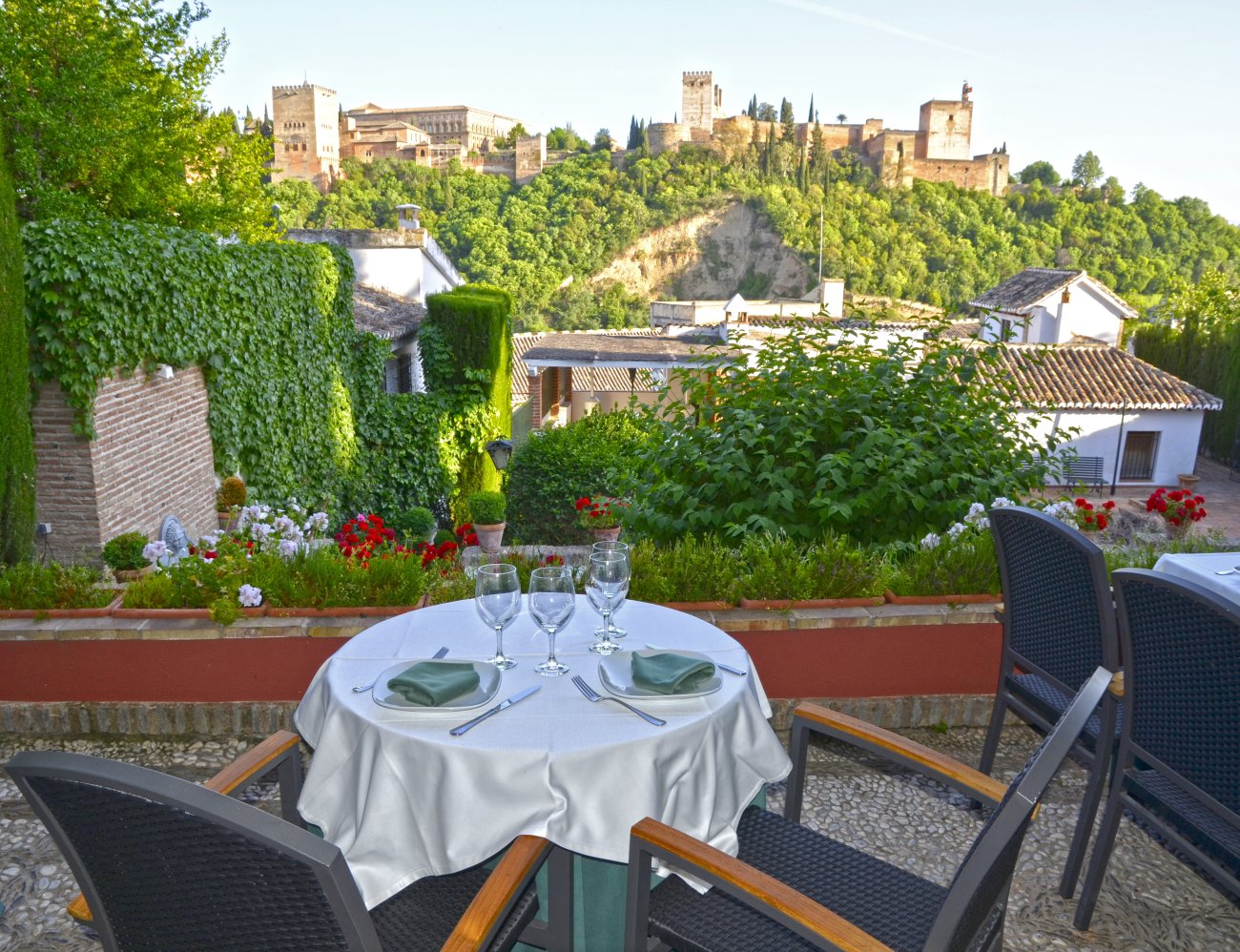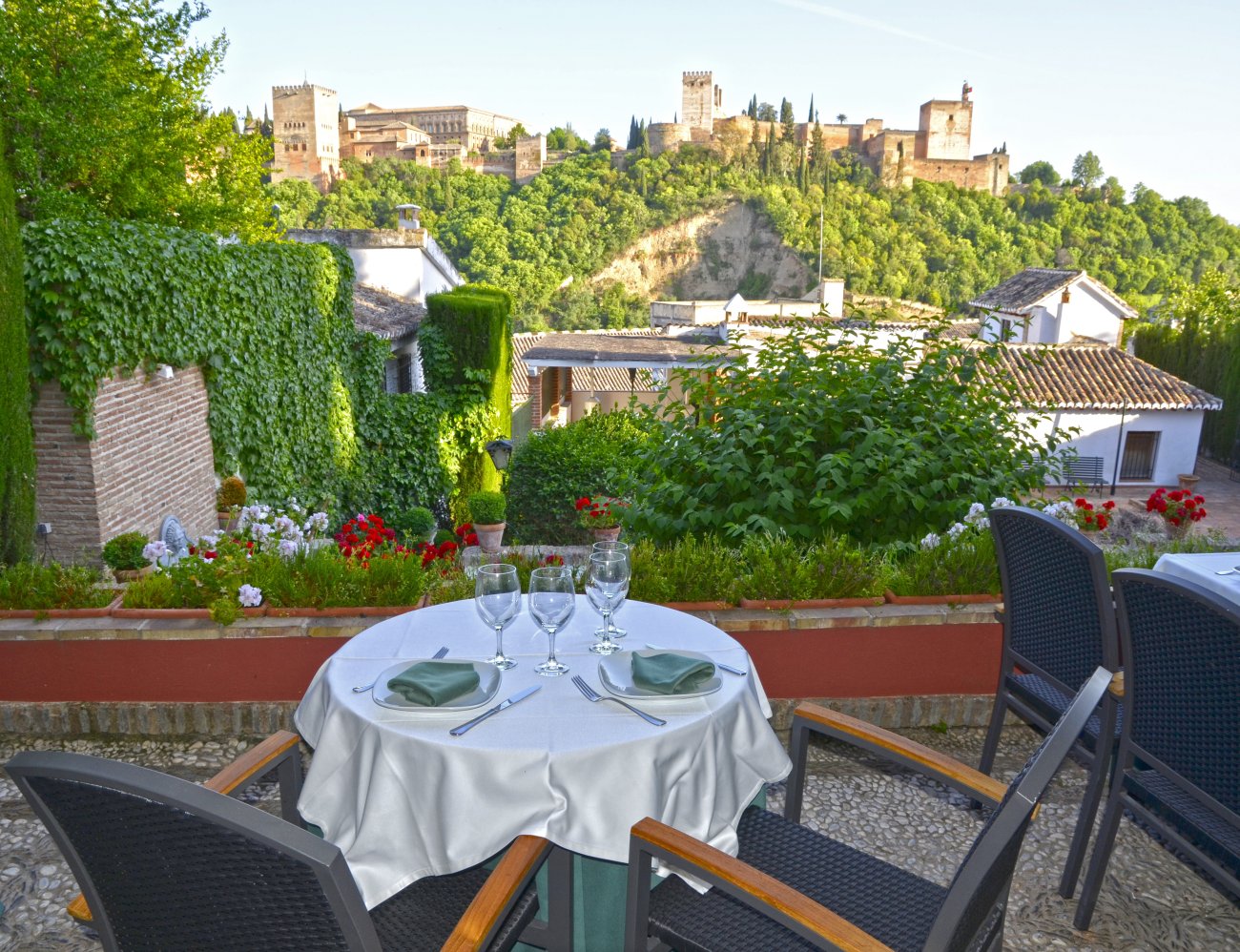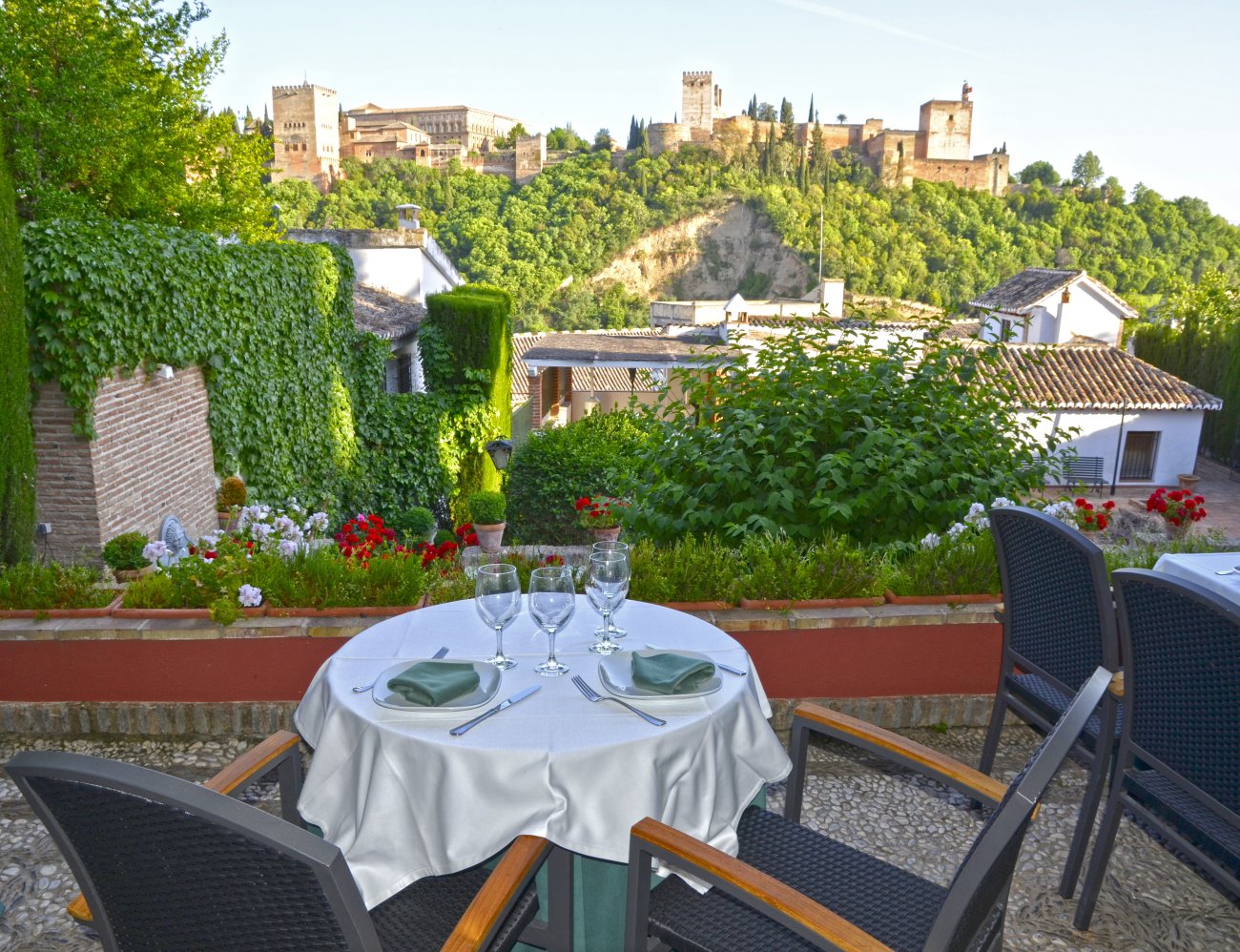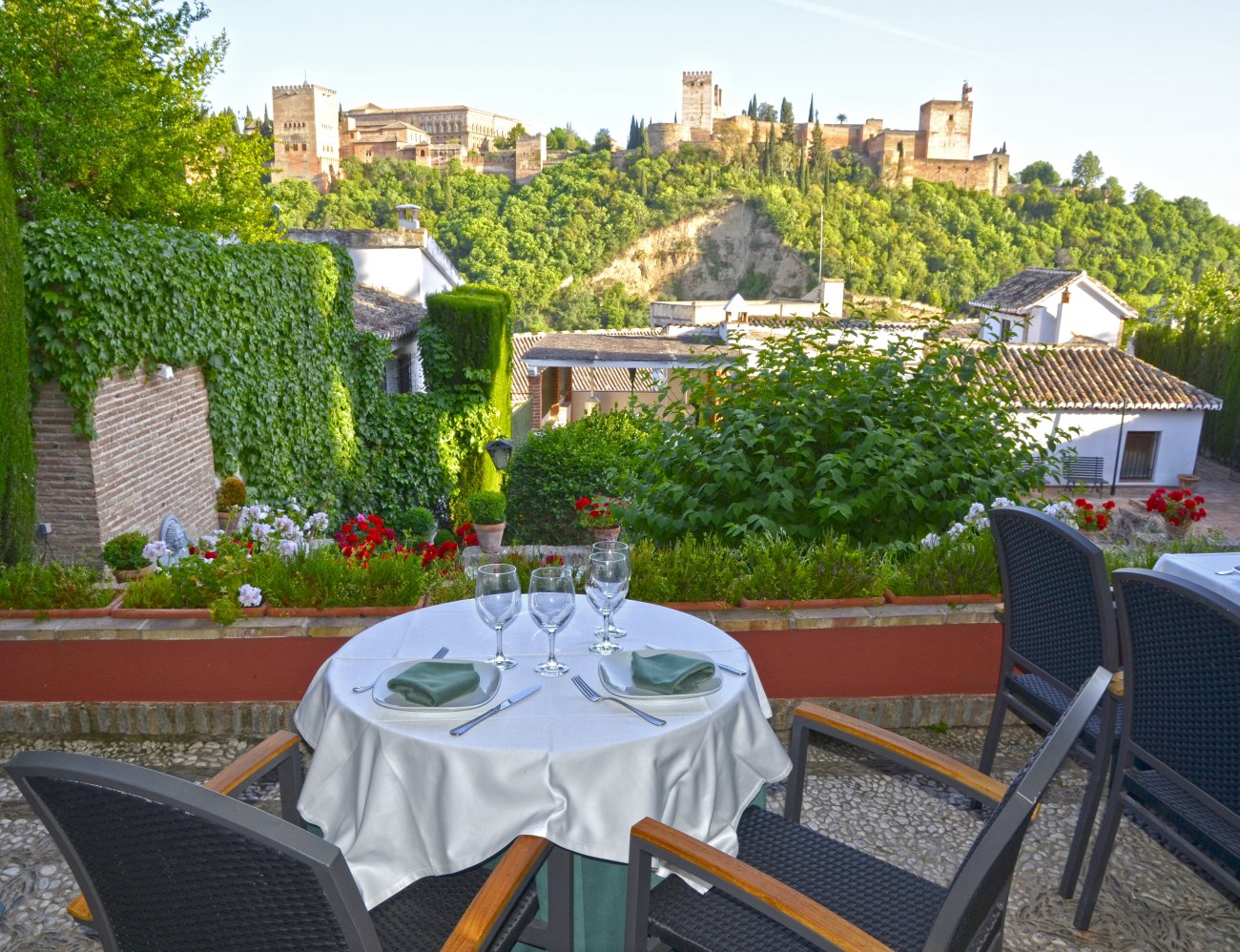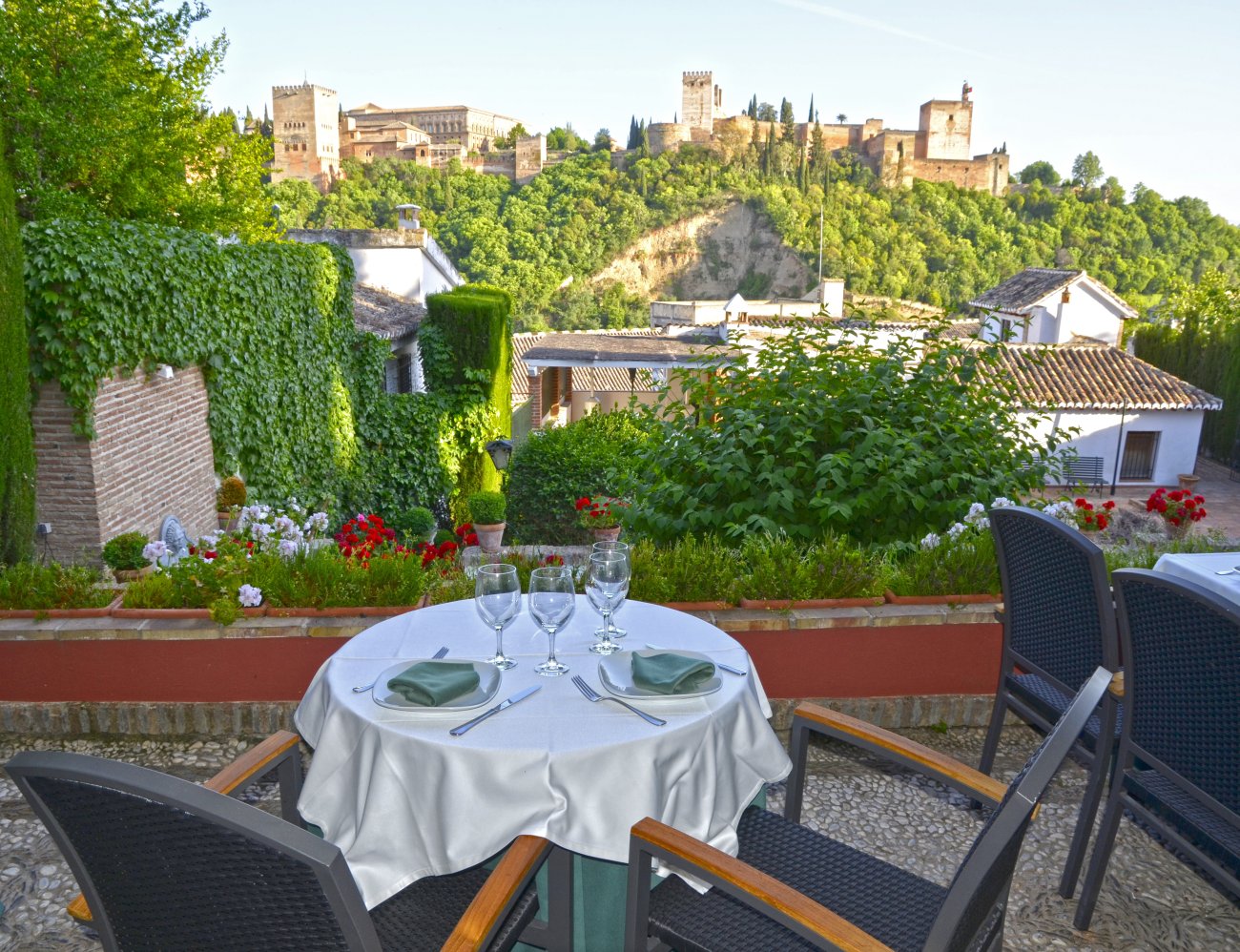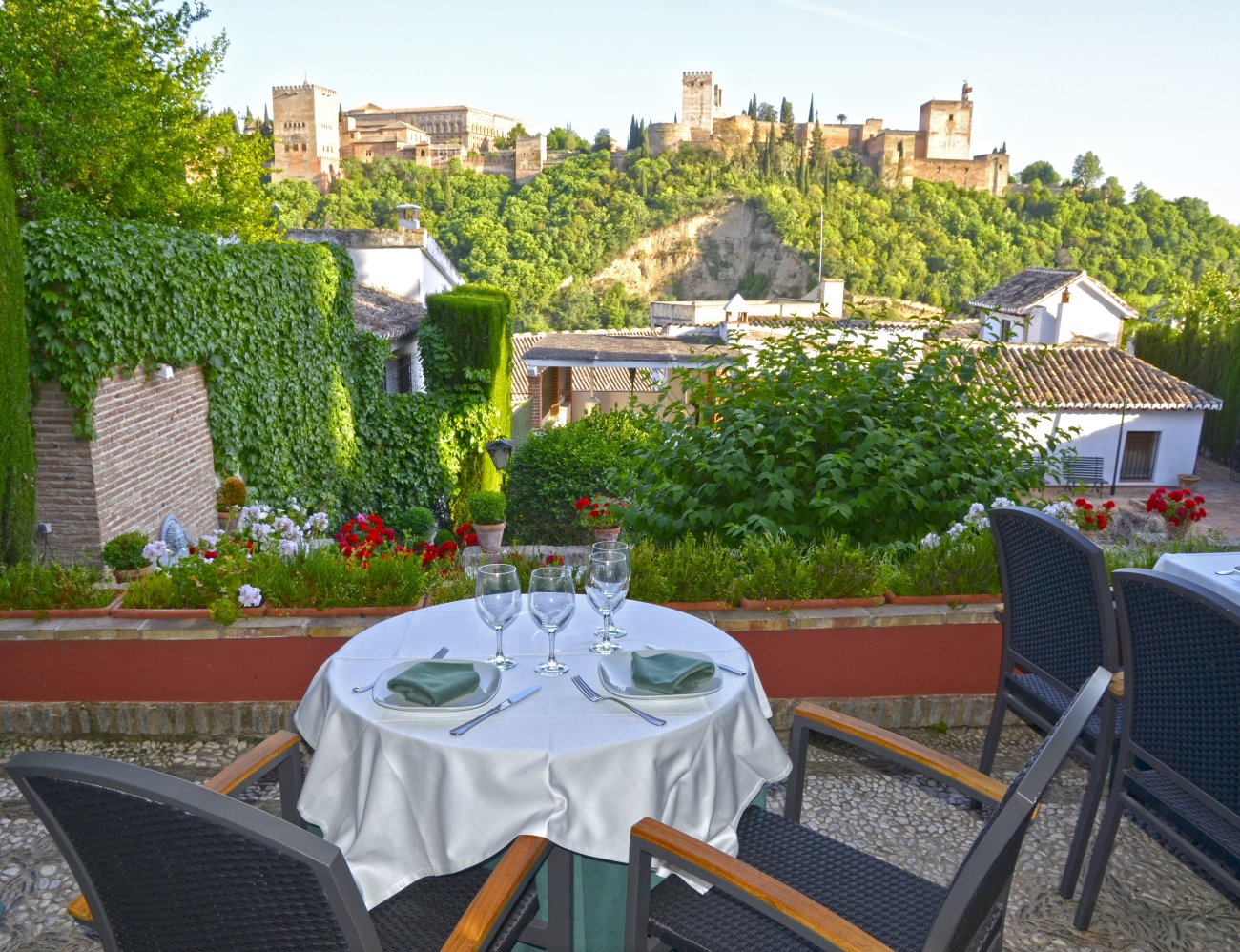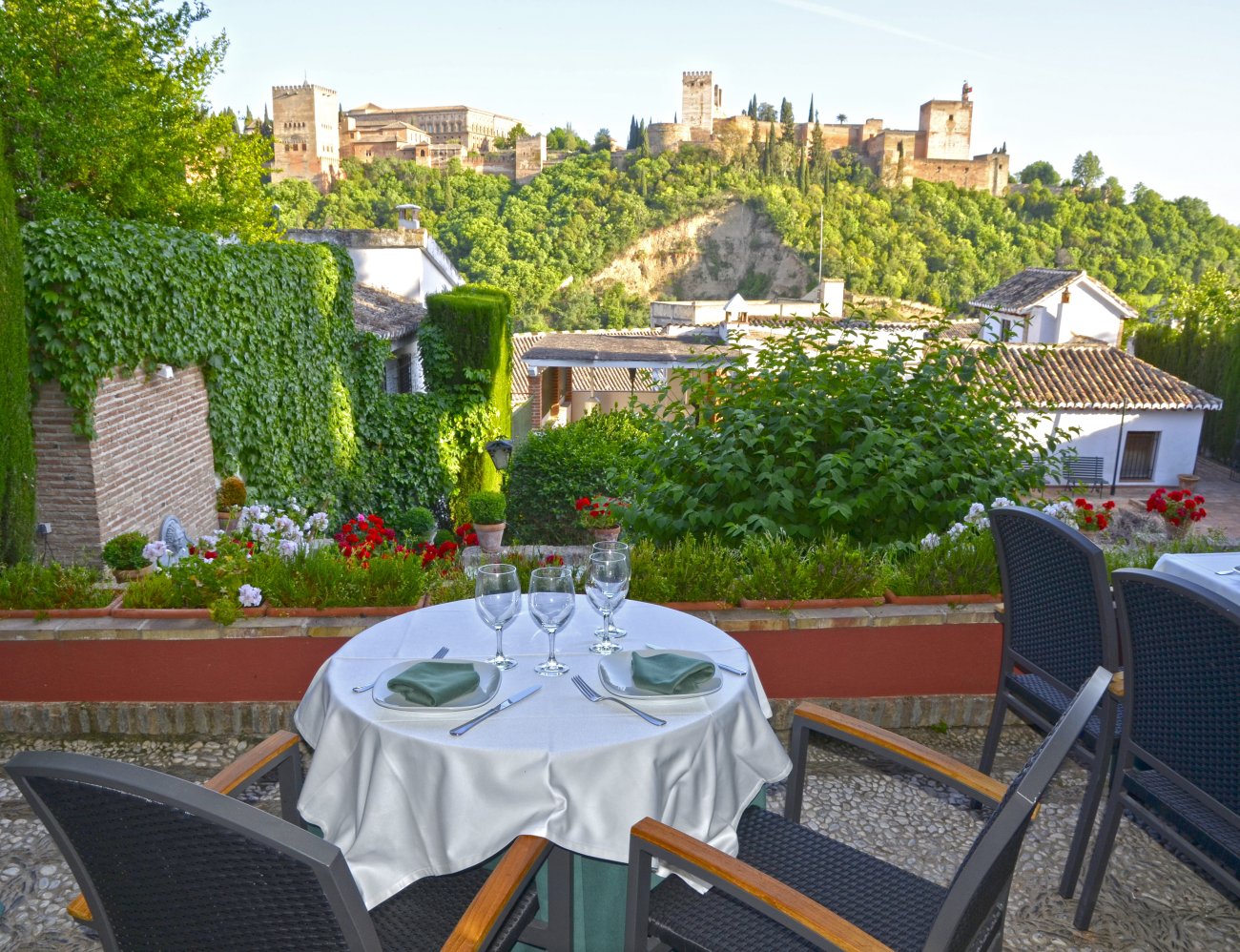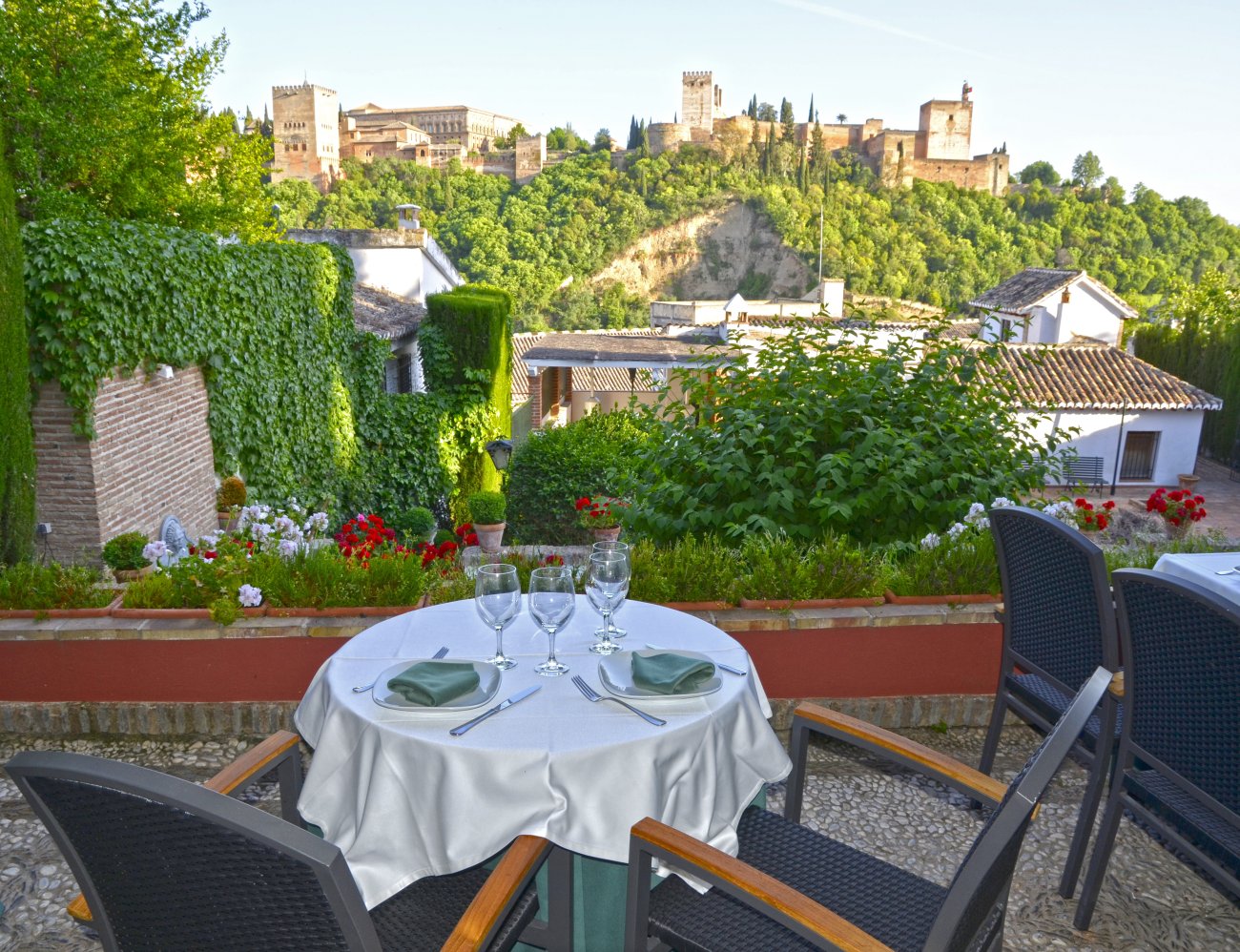Museo de la Alhambra
The works on display showcase both the art and daily life during the Muslim rule of Granada. They are thematically arranged in the first room and chronologically in the remaining six rooms. Each month, the museum highlights a "Piece of the Month" to provide in-depth insights into its collection.
The Archaeological Museum of the Alhambra was established in 1940. In 1962, it was renamed the National Museum of Hispano-Muslim Art, under the Ministry of Culture. Since 1994, it has been affiliated with the Patronage of the Alhambra and the Generalife, adopting the name Museum of the Alhambra.
History
In the mid-19th century, various pieces scattered throughout the Alhambra began to be collected and cataloged with the aim of establishing a museum with a permanent collection. The Provincial Monument Commission, created in 1870, conducted a thorough classification of the stored items under the direction of Rafael Contreras.
Three years later, a list of objects was compiled and deposited in what became known as the Museum of Antiquities of the Alhambra, distributed between the rooms of Charles V and other areas of the Alhambra, such as the Palace of the Lions and the Hall of Comares. Interest in this emerging museum was reflected in several decrees issued in 1905 and 1916 aimed at standardizing and regulating the institution.
In 1962, this museum of Arab art became part of the National Museums of Spain, adopting the name National Museum of Hispano-Muslim Art under the Ministry of Culture. By that time, it had already incorporated collections from the Provincial Archaeological Museum of Granada and the Archaeological Museum of the Alhambra. In 1994, it was incorporated into the Patronage of the Alhambra and Generalife, once again changing its name to the Museum of the Alhambra. It was then decided to establish its permanent location in the southern wing of the ground floor of the Palace of Charles V within the Alhambra.
Building
The museum is located in the Palacio de Carlos V, a Renaissance building commissioned by the emperor with the intention of residing in it. The architect was Pedro Machuca, who designed it following the latest artistic trends from Italy. However, its construction was slow, and at his death in 1550, it had not yet been completed. His son, Luis Machuca, continued the work, but it was again suspended due to the rebellion of the Moriscos. After this hiatus, renovations resumed in 1619 and were abandoned in 1637, leaving it exposed to the elements. The deterioration was evident until 1923 when a restoration period began with the idea of recovering the palace for use as museums and to house the Patronato de la Alhambra and the Biblioteca de la Alhambra.
On the upper floor of the same building is another independent museum, the Museum of Fine Arts of Granada.
The Museum
The museums rooms are organized chronologically and by themes. They display a collection of objects found in excavations at the Alhambra and the city of Granada. The collection has been expanded through donations and acquisitions. A wide variety of themes is exhibited: religious, scientific, ornamental, domestic, and furniture. There are indigenous objects from the peninsula as well as others from the East.
